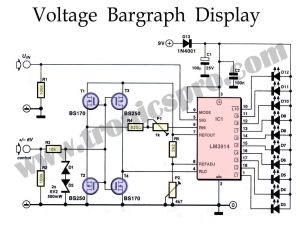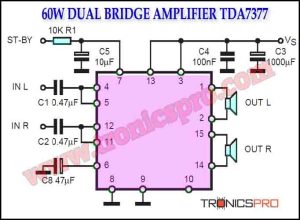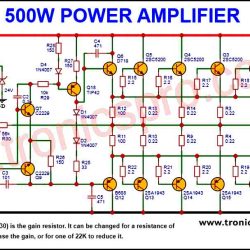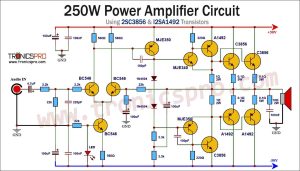Introduction
Mains Fuse Failure Indicator is an essential circuit protection device that serves as a warning signal when the main fuse in an electrical circuit fails. It is a useful safety device that can help prevent potential dangers and damage to electrical equipment due to overloading or electrical faults. The indicator consists of an LED or a Neon Bulb that turns on when the fuse fails, indicating that there is a problem with the circuit.
Circuit Diagram of Mains Fuse Failure Indicator
This amplifier can be designed using a few basic components. The circuit diagram of this project is shown below.

More Circuit Layouts




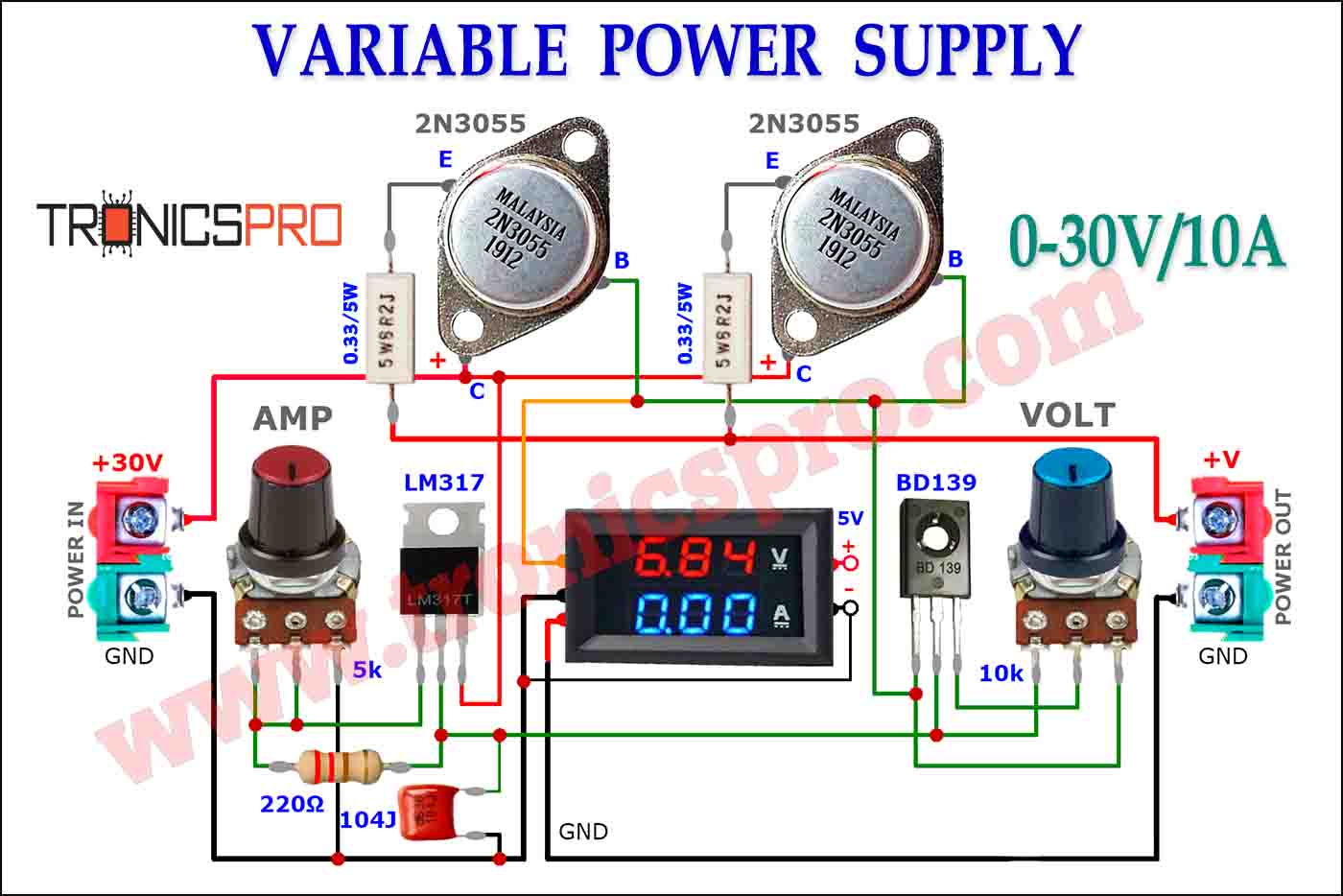



Working Explanation of Mains Fuse Failure Indicator
The neon bulb, La1, glows continuously when there is power coming from the mains and the fuse is intact. However, when the fuse is blown, La1 flashes instead. Capacitor C2 serves as the series resistance for La1 when the fuse is still functioning. But when it breaks, diode D1 applies a pulsating direct voltage to network R1-C1, which charges capacitor C1 slowly.
When the voltage reaches 80-100 V, La1 comes on. C1 is then discharged slowly with the help of diode D2 and the bulb, and when the voltage drops enough, La1 goes out.
This cycle repeats itself, resulting in a visible flashing of the bulb, given the right values for R1 and C1. The potential across capacitor C2 has a ramp peak value of 30 V that gets applied to the load.
It’s essential to note that the neon bulb chosen for this function can’t have a built-in series resistor.
Conclusion
The Mains Fuse Failure Indicator is a crucial device for ensuring the safety of electrical circuits. It serves as a warning signal when the main fuse fails, and helps protect equipment from potential damage caused by electrical faults. By using this device, homeowners and businesses can have peace of mind knowing that their electrical systems are safe and reliable. It is a simple and cost-effective solution that can potentially save lives and prevent costly damage.
More projects, You may like:
- Video Transmitter DIY Homemade FM Radio Transmitter
- Adjustable Power Supply DIY Battery Charger
- 12V-220V 500 Watt inverter DIY Homemade
- 12V-220V H-Bridge Inverter DIY Homemade
- MPPT Solar Charge Controller DIY Homemade
- 18650 battery bank free charge protection module
- D718 B688 Bass Amplifier Homemade DIY
- C5200 Bass Amplifier DIY Homemade with Volume
- DIY LA4440 bass amplifier homemade
- C5200 A1943 TDA2030 Amplifier DIY Homemade



